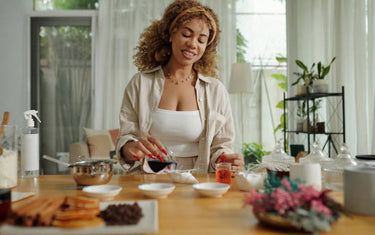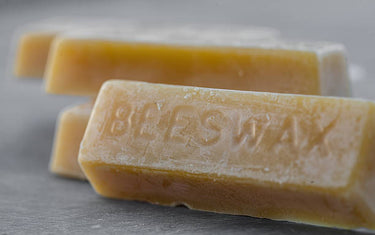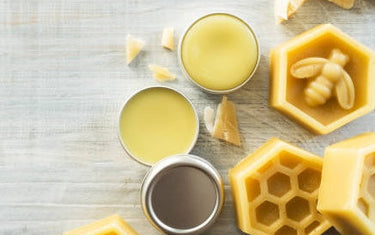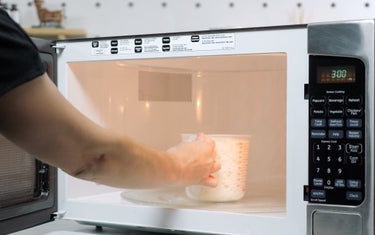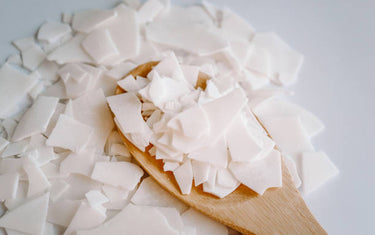5 min read / 27 February 2024 / yasmin sharp
How to Make Potpourri at Home
Learn to craft your own fragrant potpourri at home with dried flowers, herbs, and spices to naturally scent your space.
Share this post
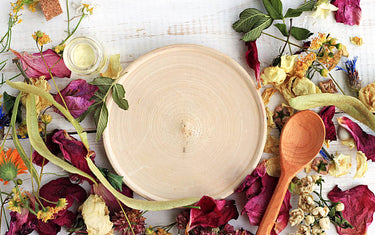
Potpourri is a mixture of dried flowers, fruits, herbs and spices that are mixed together in a bowl or sachet to scent the space.
The word “potpourri” comes from the French word “pot-pourri”, which literally translates to “putrid pot” in English.
Originally it was used to cover up the smell of chamber pots (a pot used in toilets during the night).
Depending on how they are made, potpourri can last for up to 3 months, although there are one or two tricks you can try (which we explain below) that can make it last for longer.
Choose your potpourri scent profileBefore you learn how to make potpourri, it helps to pick out the plant materials you want to use. The options are endless, so you can customise it however you like. Here are a few suggestions to get you started:
|
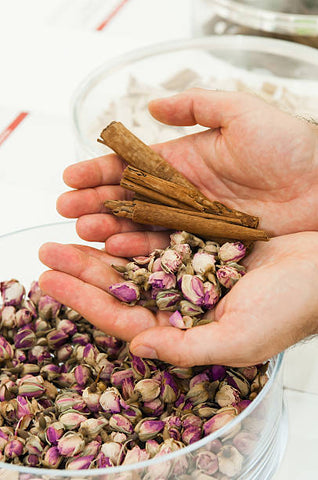
How do I dry flowers for potpourri?
There are two main ways to dry flowers for your potpourri.
Air-drying is the traditional method, although it takes more time, or you can use silica gel.
We explain both methods below:
Air-drying flowers
You can also use this method to air-dry other materials being used in your potpourri too:
- Ensure the stems are stripped of any leaves and tie them together using string, twine or rubber bands.
- Hang the bunches upside down on hooks or nails, putting them in a humidity-free space until they are dry. This usually takes about one week.
- Lightly spray the flower heads with unscented hairspray to help retain their shape.
Drying with silica gel
- Use garden scissors to trim off the leaves and stems.
- Add a one-inch layer of silica gel to the bottom of an airtight container.
- Slowly place the plants into the container face down and carefully press them into the gel.
- Layer the tops of the flowers with more gel, before tightly closing the container. Store in a cool, dark space.
- Keep an eye on the flowers over the coming days to ensure they are not becoming too brittle. It should take 2-3 days for thin flowers to dry out and it can take up to 7 days for larger flowers to dry.
- Once the flowers are dry, remove and gently brush off any remaining silica gel.
How do I use potpourri?
The great thing about potpourri is that you can use it in so many different ways. Some ideas you could try include:
- On a side table or coffee table.
- In the hallway or entrance to your home.
- To add scent and fragrance to your bathroom.
- Tucked inside musty cupboards to refresh and revitalise.
- In the kitchen as decoration and to balance out cooking odours.
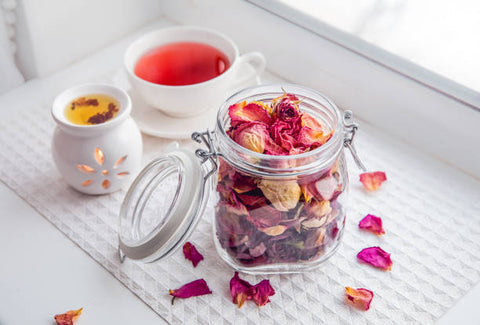
How to make potpourri
Once you have a better idea about the scent profile you want to use, we can get into more detail about how to make potpourri.
Before you get started, check that you have the following to hand:
- 1 x Airtight container
- 1 x Decorative container
- Vetiver grass roots/Orris root powder/Angelica root/Myrrh gum/Vanilla beans
- Essential oils (optional)
- Herbs and spices (optional)
- Dried fruit (optional)
- Dried flowers and leaves (optional)
You can select which of the optional ingredients you want to use once you settle on the type of scent profile you are aiming to achieve.
Steps on how to make a potpourri
- Choose your fixative: Orris root powder or vetiver grass roots work as a fixative in dry potpourri. It reduces the evaporation rate of scents produced by the other ingredients, which allows their aroma to last for longer. Both options work as well as each other, although vetiver is a little more pleasing to the eye.
- Mix in essential oils or spices: Take the airtight container and mix in any essential oils or spices you are using in your potpourri. Seal the lid and give the container a good shake, which will help to coat the fixative.
- Add in fruit and flowers: This is the part where you get to prettify your potpourri with any herbs, fruit or flowers that you want to use. You can be as creative or as simple as you like.
- Leave the potpourri to cure: You can use your potpourri straight away if you wish, but to get the best scent results, it’s a good idea to leave it to cure. This requires you to let it rest in an airtight container for at least 4-8 weeks – the longer the better.
- Transfer to your display container: Once the marinating period is over, you can move your potpourri to the display container – which can be anything from a ceramic dish to a mason jar. Depending on how long the potpourri was left to cure, it could last for up to 3 months.
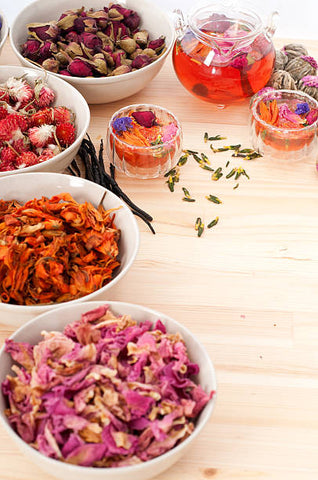
How do you make potpourri with rose petals?
If you want to make rose petal potpourri, instead of waiting for them to fall off naturally, take them from newly opened buds, as this will produce more scent.
To learn how to make potpourri with rose petals, follow the steps below:
- Mix 1 cup of dried rose petals with ½ cup of dried lavender and ¼ cup of dried rosemary.
- Then add 1/8 teaspoon of orange peels, cinnamon, ground cloves and dried rosebuds.
- Add 2-3 drops of rose or lavender oil.
- Finally, add ¼ teaspoon of crushed orris root or your preferred fixative.
Frequently Asked Questions about potpourri
How long does potpourri last?
Depending on how long the mixture was left to cure and the environment it is in, homemade potpourri can last for up to 3 months.
If you make moist potpourri, this can last for longer.
How can you make potpourri last longer?
Keeping your potpourri clean will help it to last longer.
One trick is to take the potpourri outside and pour into a mesh bag over a plastic tablecloth you can throw away and gently shake.
Or, you can use a spray bottle filled with tap water to little mist the potpourri.
How do you make potpourri smell stronger?
If you want to make your potpourri smell longer, you can simply give it an occasional stir or shake to release more scent.
Alternatively, if your potpourri contains essential oils, just add a few more drops even now and then.

Once you know how to make a potpourri, it opens up a whole new world of creativity, enabling you to craft new scent combinations and colourful displays that brighten up your home.
You can use dried flowers, leaves, herbs, spices, fruits and essential oils and the longer you leave the potpourri the cure, the stronger the scent will be.
If you are making potpourri with rose petals, make sure to use freshly opened buds, otherwise they will wilt and die far faster once made into potpourri.




